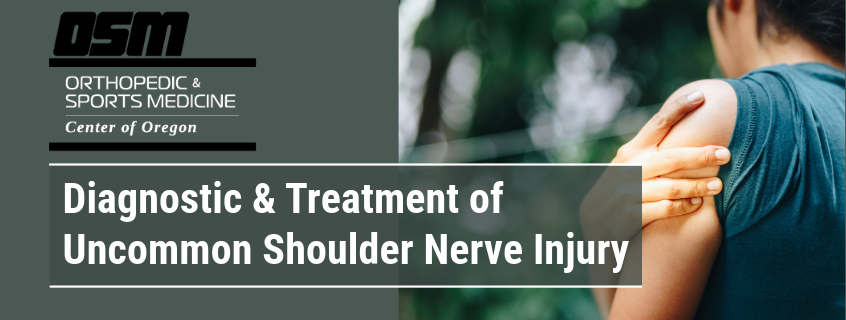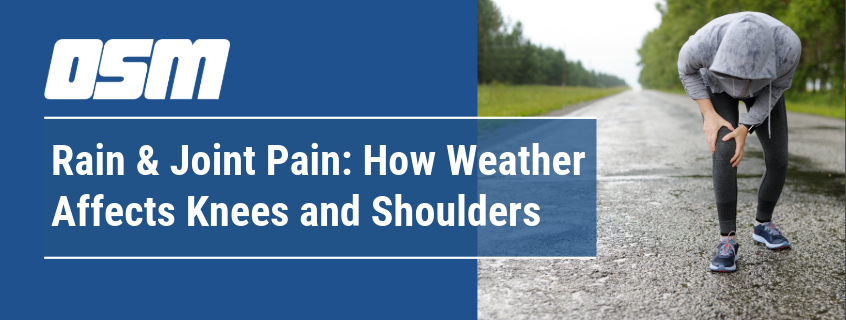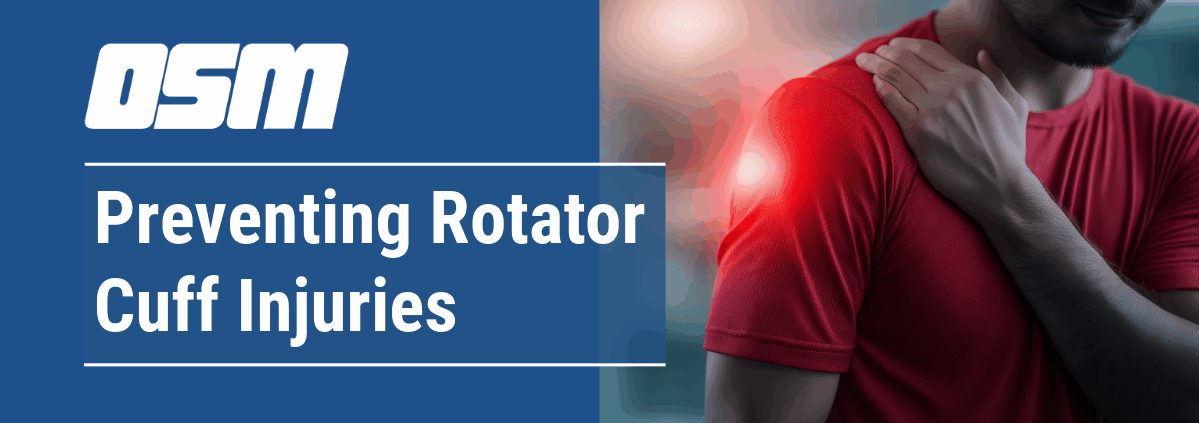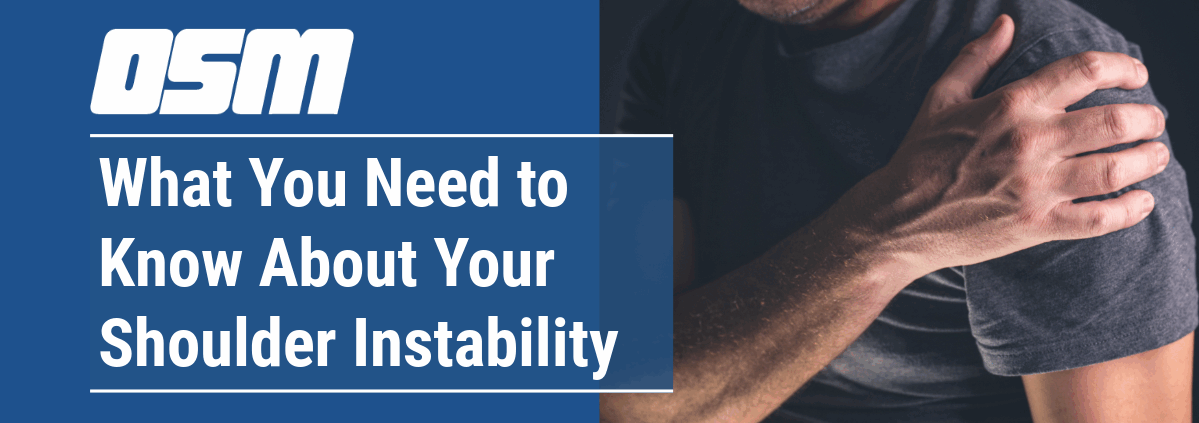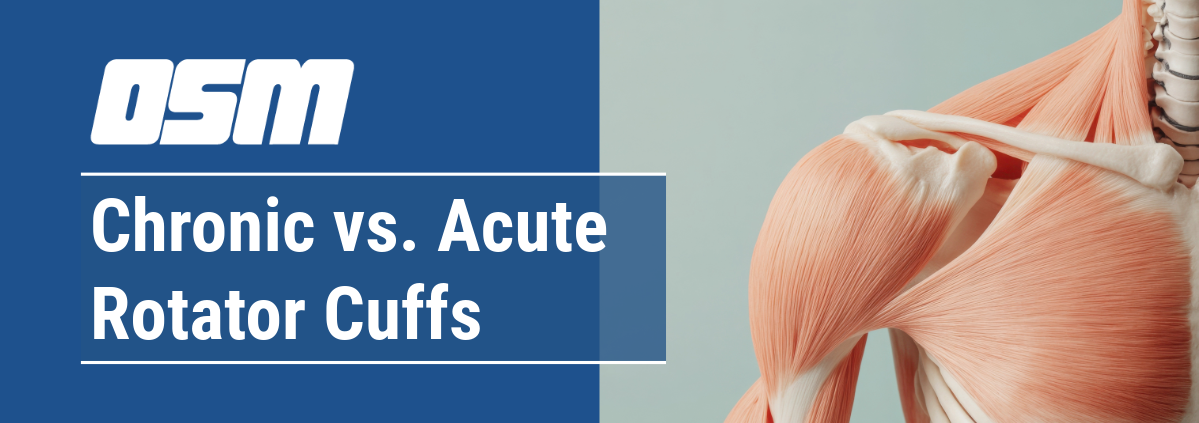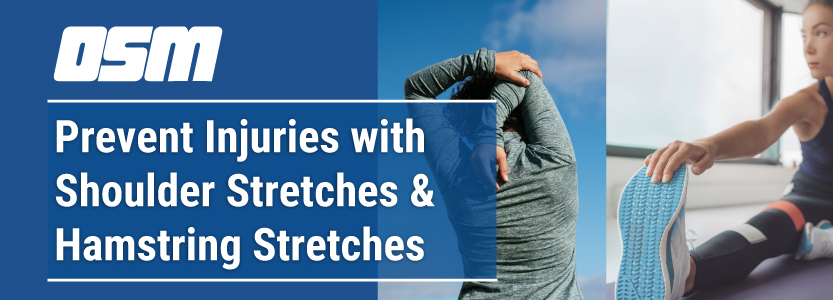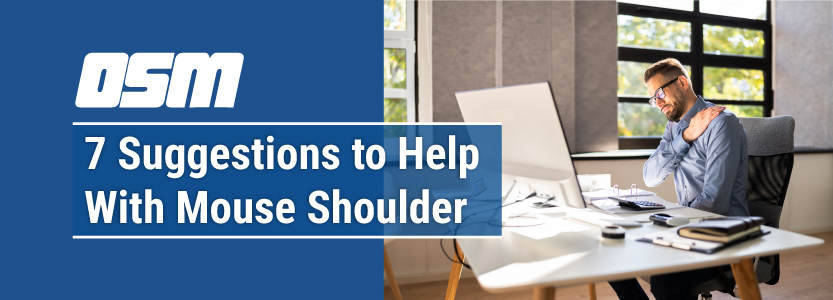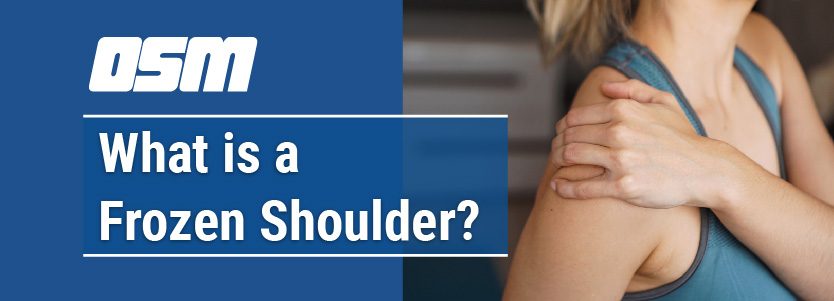Diagnostic & Treatment of Uncommon Shoulder Nerve Injury
Article featured on Peak Performance
The suprascapular nerve along the back of the shoulder can get stretched or compressed enough to cause serious damage. This condition is called suprascapular neuropathy. The result can be shoulder pain and loss of function. For athletes who depend on the muscles supplied by that nerve, such a problem can be very disabling. Overhead athletes with traumatic shoulder injuries, especially severe rotator cuff tears seem to be affected most often.
Review of the Condition
In this review article, orthopedic surgeons from Rush University in Chicago report on their experience with this fairly uncommon shoulder problem. First, they review the anatomy of where the nerve is located, the two rotator cuff muscles it supplies motor function to (infraspinatus and supraspinatus), and what happens to cause suprascapular neuropathy.
Diagnosis and Initial Treatment
Diagnosis depends on the patient history, physical exam, and imaging studies. Treatment can be conservative (nonoperative) with change in activity and physical therapy. Or surgery may be needed to remove bone, ligaments, or cysts putting pressure on the nerve. Repair of an insufficient rotator cuff is essential when weakness of this shoulder stabilizer alters shoulder biomechanics.
For example, if the rotator cuff can’t stabilize the shoulder in the socket, then the altered position of the scapula and altered movement patterns of the scapula can pull on the nerve or compress (impinge) it.
When Surgery Becomes Necessary
Deciding what type of treatment is best requires an accurate diagnosis of the problem. Chronic pressure, traction, or kinking of the nerve can lead to denervation (destruction) of the nerve — and that means permanent loss of muscle strength and function supplied by the nerve.
In cases like that, surgery is needed to remove whatever is putting pressure on the nerve, a procedure called decompression.
The Spinoglenoid Notch
Sometimes the surgeon must also go in and open up a notch (opening) in the scapula (shoulder blade) where the nerve passes through. This notch or opening is called the spinoglenoid notch. Everyone has one and the natural size, shape, and location in the bone can vary.
If the ligament across the top of this notch is tight and pressing down on the nerve and/or if the notch is too shallow or too small, the surgeon must make corrections in order to take pressure off the nerve.
Nerve Entrapment Causes
The nerve can also get stuck to the bone by fibrous tissue so that it can’t move as the arm is raised. This condition is called nerve entrapment. Other things that can cause suprascapular nerve entrapment include bone fracture, cysts, and enlarged veins.
Cysts form most often when damage to the labrum (rim of fibrous cartilage around the shoulder joint) allows fluid from the joint to escape and pool inside the cyst.
Visuals and Imaging
Drawings of the natural pathway for the nerve through this notch and down the back of the scapula are included in this article. Six different types and shapes of scapular notches are also drawn and depicted for the reader.
Photographs of patients and cadavers help show what this condition looks like inside and out.
Clinical Signs and Symptoms
Besides hearing of a history of overhead work (either as a throwing athlete or as a manual laborer), the examiner will see muscle atrophy (wasting) along the back of the shoulder.
Muscle strength will be weak when the patient tries to move the arm away from the body (a movement called shoulder abduction) or in external rotation. Most of the suprascapular nerve’s function is motor (moving the arm), but it serves a small sensory function (how the skin feels along the outside of the arm).
Advanced Diagnostic Tools
Suprascapular neuropathy can be difficult to diagnose. X-rays may be needed to look for fractures, unusual notch formation, and position of the humeral head in the shoulder socket as an indication of the integrity of the rotator cuff muscles.
MRIs show the presence of any masses (tumors, cysts) and condition of the soft tissues (labrum, rotator cuff, muscle atrophy). An MRI can even show the nerve pathway and any areas of restriction. Special tests such as nerve conduction studies, electromyography (electrical study of muscle function), and injection of the notch can help pinpoint the location of nerve entrapment.
Conservative Care Approach
Unless there is imminent danger of permanent nerve damage, a conservative approach to treatment is tried first. Besides taking nonsteroidal anti-inflammatory drugs (NSAIDs), the patient is referred to a physical therapist for a course of stretching and strengthening exercises to address any rotator cuff problems. Special neural mobilization techniques can also be done to restore full, free mobility of the nerve along its course.
When to Move to Surgery
How long should patients try a nonoperative approach to this problem? Who should go right to surgery and skip the conservative care? The authors suggest (based on studies and their own experience) that patients with suprascapular neuropathy from overuse do best with conservative care while those with structural causes of nerve compression should advance to surgery sooner than later.
The risk of permanent nerve damage is greater when the symptoms have been present a long time (more than six months). Surgery is warranted if the surgeon is trying to prevent further nerve injury. Open and arthroscopic surgical techniques are discussed in detail.
Long-Term Outlook
No matter what kind of treatment is used, with nerve injuries, there is always the risk that full recovery will not occur. Patients may end up with muscle atrophy and weakness that just doesn’t go away even with exercise. Patients often automatically compensate for loss nerve function by using other nearby muscles to achieve motion previously provided by the affected infraspinatus and/or supraspinatus muscle.
These persistent problems are reported in up to half of all cases. Fortunately, most are mild cases with significant pain relief making the surgery worth it.
The Orthopedic & Sports Medicine Center of Oregon is an award-winning, board-certified orthopedic group located in downtown Portland Oregon. We utilize both surgical and nonsurgical means to treat musculoskeletal trauma, spine diseases, foot and ankle conditions, sports injuries, degenerative diseases, infections, tumors and congenital disorders.
Our mission is to return our patients back to pain-free mobility and full strength as quickly and painlessly as possible using both surgical and non-surgical orthopedic procedures.
Our expert physicians provide leading-edge, comprehensive care in the diagnosis and treatment of orthopedic conditions, including total joint replacement and sports medicine. We apply the latest state-of-the-art techniques in order to return our patients to their active lifestyle.
If you’re looking for compassionate, expert orthopedic and podiatric surgeons in Portland Oregon, contact OSM today.
Phone:
503-224-8399
Address
17355 Lower Boones Ferry Rd Suite 100A
Lake Oswego, OR 97035
Hours
Monday–Friday
8:00am – 4:30pm

